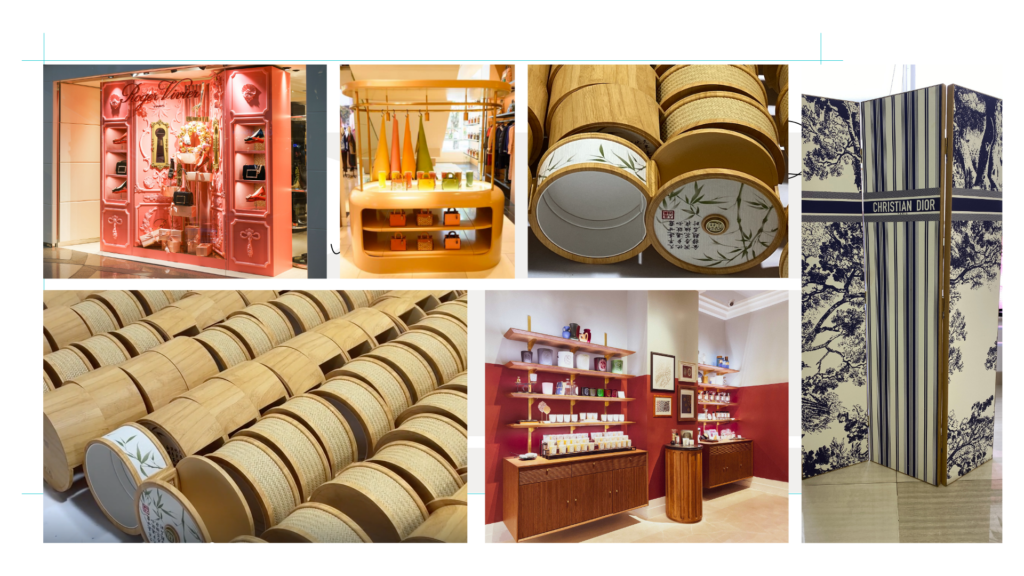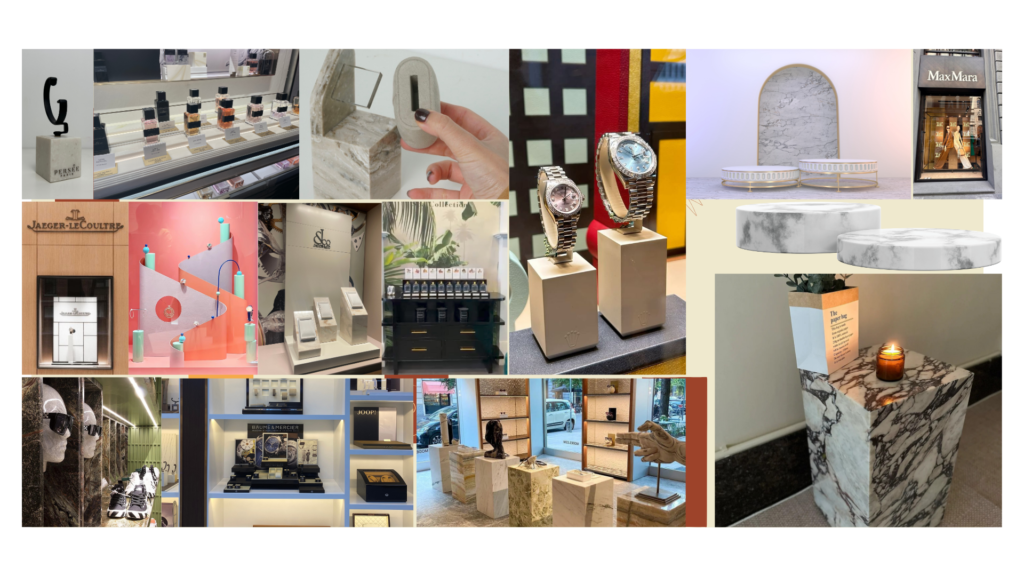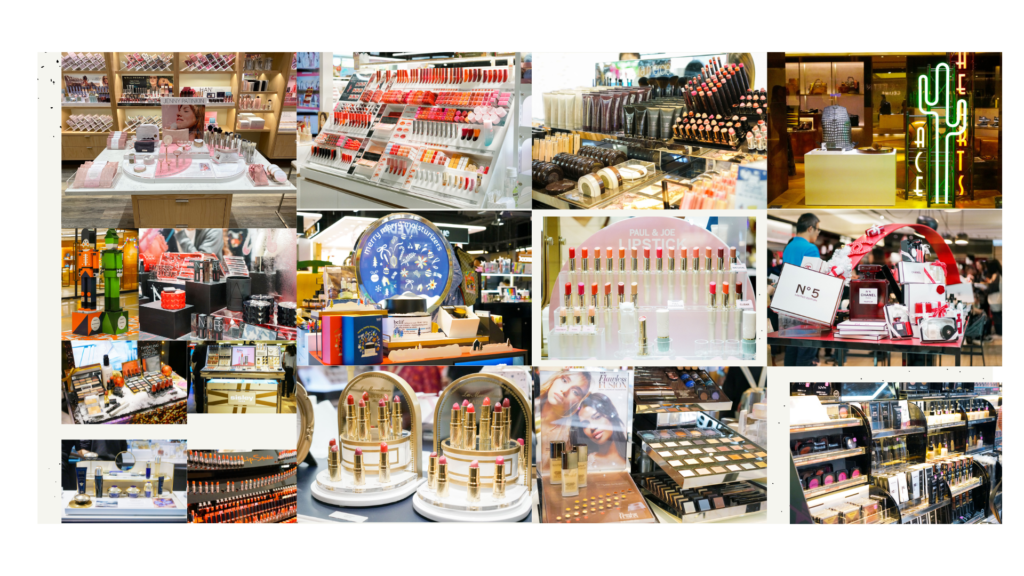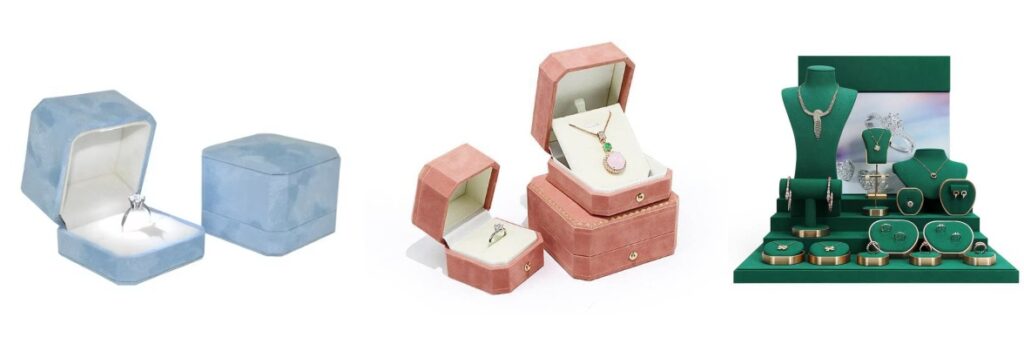Why Are Visual Merchandising Materials So Important?
In today’s competitive retail landscape, visual merchandising is not just about aesthetics; it’s about creating experiences that resonate with customers. The materials you use can make or break the effectiveness of your displays. Each material carries its unique characteristics, functionalities, and applications, influencing how customers perceive your brand.
Table of Contents
By selecting the right materials—be it metal, acrylic, or eco-friendly bamboo—you can craft displays that captivate, inform, and drive sales. Let’s explore the features, applications, and best practices for visual merchandising materials.
Key Visual Merchandising Materials and Features
Here’s an overview of commonly used materials in visual merchandising, their unique properties, and how they can be utilized:
- Metal
- Characteristics: Strong, durable, and modern. Highly versatile for intricate structures.
- Applications: Luxury brand displays, racks, and high-end frames.
- Acrylic
- Characteristics: Lightweight, glossy, and transparent, offering glass-like visuals.
- Applications: Ideal for jewelry, cosmetics, and electronics displays.
- Wood
- Characteristics: Natural, warm, and eco-friendly. Can be carved or stained for various effects.
- Applications: Great for rustic or eco-conscious displays in apparel or home goods stores.
- Marble
- Characteristics: Luxurious, heavy, with natural veining.
- Applications: High-end podiums, bases, and retail display tables.
- Fiberglass
- Characteristics: Lightweight, durable, and easy to shape for custom designs.
- Applications: Used in sculptures, mannequins, and themed props.
- Fabric/Textiles
- Characteristics: Soft, colorful, and easy to manipulate for dynamic effects.
- Applications: Backdrops, tablecloths, and seasonal drapery.
- Bamboo and Rattan
- Characteristics: Eco-friendly, natural, and lightweight.
- Applications: Ideal for organic-themed displays or health-oriented products.
- Lighting and LED Systems
- Characteristics: Dynamic, customizable, and energy-efficient.
- Applications: Highlighting key products, creating ambiance, and enhancing depth.








LV/VALENTINO/TORY BURCH/CHANEL/TIFFANY/DIOR
Applications Across Different Display Types
1. Jewelry and Luxury Products
- Materials: Acrylic, metal, marble, velvet.
- Why: Elevates luxury perception and highlights intricate details.

2. Eco-Conscious and Organic Brands
- Materials: Bamboo, recycled paper, FSC-certified wood.
- Why: Resonates with environmentally conscious shoppers and reinforces sustainability.
3. Seasonal Promotions and Pop-Up Stores
- Materials: Foam, cardboard, fabric.
- Why: Lightweight, affordable, and easily customizable for short-term use.
4. Electronics and Tech Products
- Materials: Acrylic, LED lighting, metal.
- Why: Modern and sleek materials enhance product visibility and perceived value.

Best Practices for Material Selection
Match Material to Brand Identity
- Use high-end materials like marble and metal for luxury brands.
- Opt for natural textures like wood and bamboo for eco-conscious themes.
Sustainability Matters
- Customers today value eco-friendly initiatives. Choose recyclable, FSC-certified, or renewable materials where possible.
Prioritize Functionality
- Use durable materials like fiberglass and metal for long-term installations.
- Opt for lightweight materials like foam or fabric for temporary displays.
FAQs on Visual Merchandising Materials
What Is the Role of Mixed Materials in Visual Merchandising?
Mixed materials create contrast, add texture, and enhance visual appeal, making displays more dynamic and engaging.
Which Materials Are Most Cost-Effective for Temporary Displays?
Foam, cardboard, and fabric are cost-effective and easy to work with for short-term promotional campaigns.
How Can Lighting Transform Retail Displays?
Strategic lighting highlights focal points, sets the mood, and enhances the overall aesthetics of displays.
Conclusion
The choice of materials in visual merchandising directly impacts customer engagement and brand perception. Whether you’re designing a high-end display with marble and acrylic or a vibrant seasonal setup with foam and fabric, the key lies in aligning materials with your brand story and customer expectations. By incorporating innovative and sustainable options, you can craft displays that captivate and convert.




